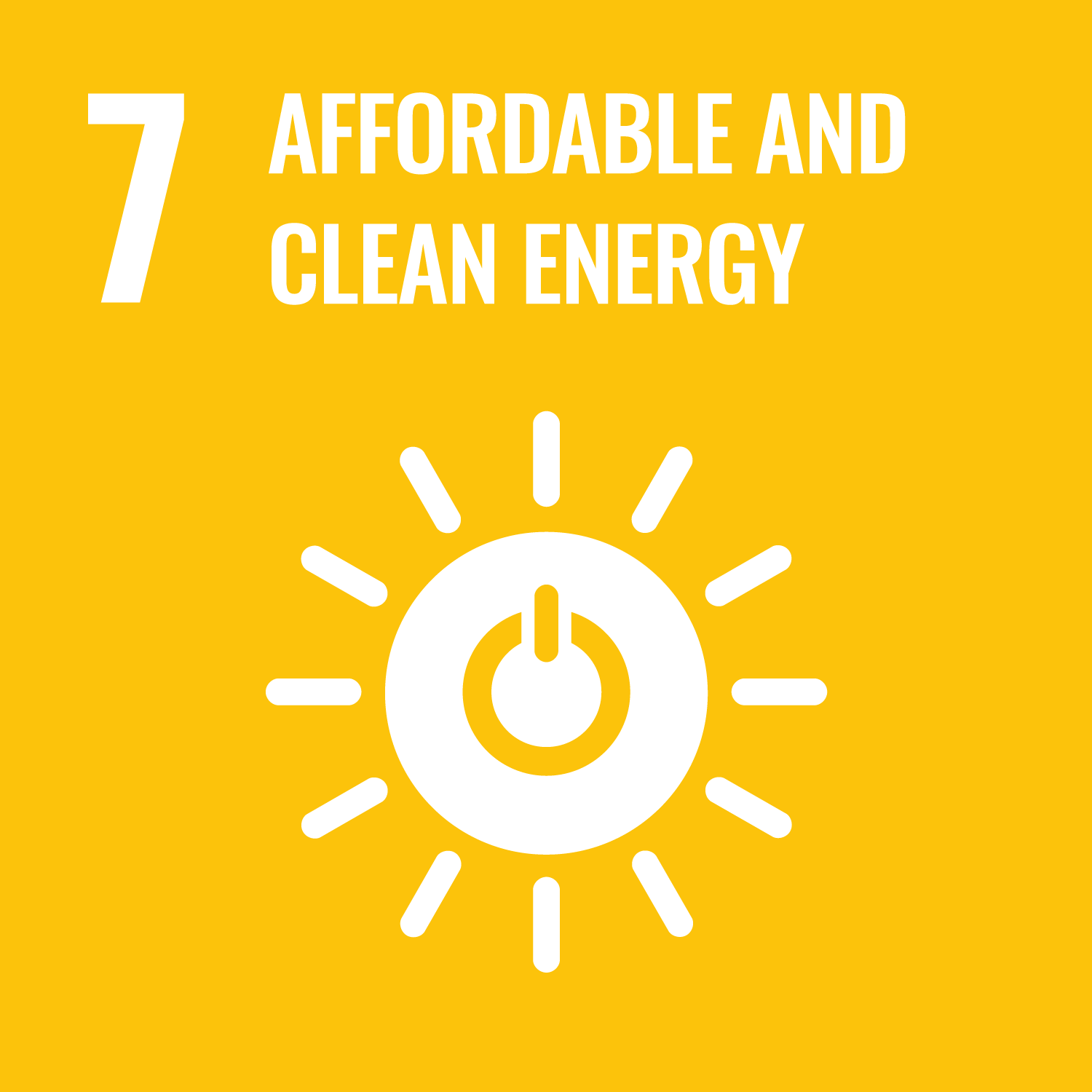ORCID
- Alistair G.L. Borthwick: 0000-0001-6053-7764
- Sanjay Sharma: 0000-0002-5062-3199
Abstract
A numerical model of two-buoy and single-buoy floating wave energy converters (WECs) is developed based on a modified nonlinear version of WEC-Sim. The model is validated against experimental data from a 1:5 geometric scale model of a two-buoy floating WEC. Nonlinear behavior is primarily attributed to viscous damping and mechanical friction effects. It is found that a modified version of WEC-Sim obtained by correcting the phase of the wave excitation force in the source code provides an accurate representation of a two-buoy WEC operating in either linear or nonlinear mode. An equivalent single-buoy WEC is modeled by locking the two-buoys together. The two-buoy WEC exhibits more than double the predicted maximum energy capture efficiency than its single-buoy counterpart within the range of numerical tests considered. Simulations of idealized floating WECs in conditions representative of Zhaitang Island, China indicate that the maximum energy capture efficiency may be enhanced by 13 % when using a two-buoy system instead of a single-buoy WEC. The findings should be useful to practitioners involved in the design of floating wave energy converters.
DOI Link
Publication Date
2024-06-01
Publication Title
Energy
Volume
296
ISSN
0360-5442
Acceptance Date
2024-04-04
Deposit Date
2024-06-18
Embargo Period
2025-04-05
Additional Links
Keywords
Comparison of energy capture, Floating two-buoy wave energy converter, Modified nonlinear WEC-Sim model, Physical model test data
Recommended Citation
Li, D., Dong, X., Borthwick, A., Sharma, S., Wang, T., Huang, H., & Shi, H. (2024) 'Two-buoy and single-buoy floating wave energy converters: A numerical comparison', Energy, 296. Available at: 10.1016/j.energy.2024.131219


